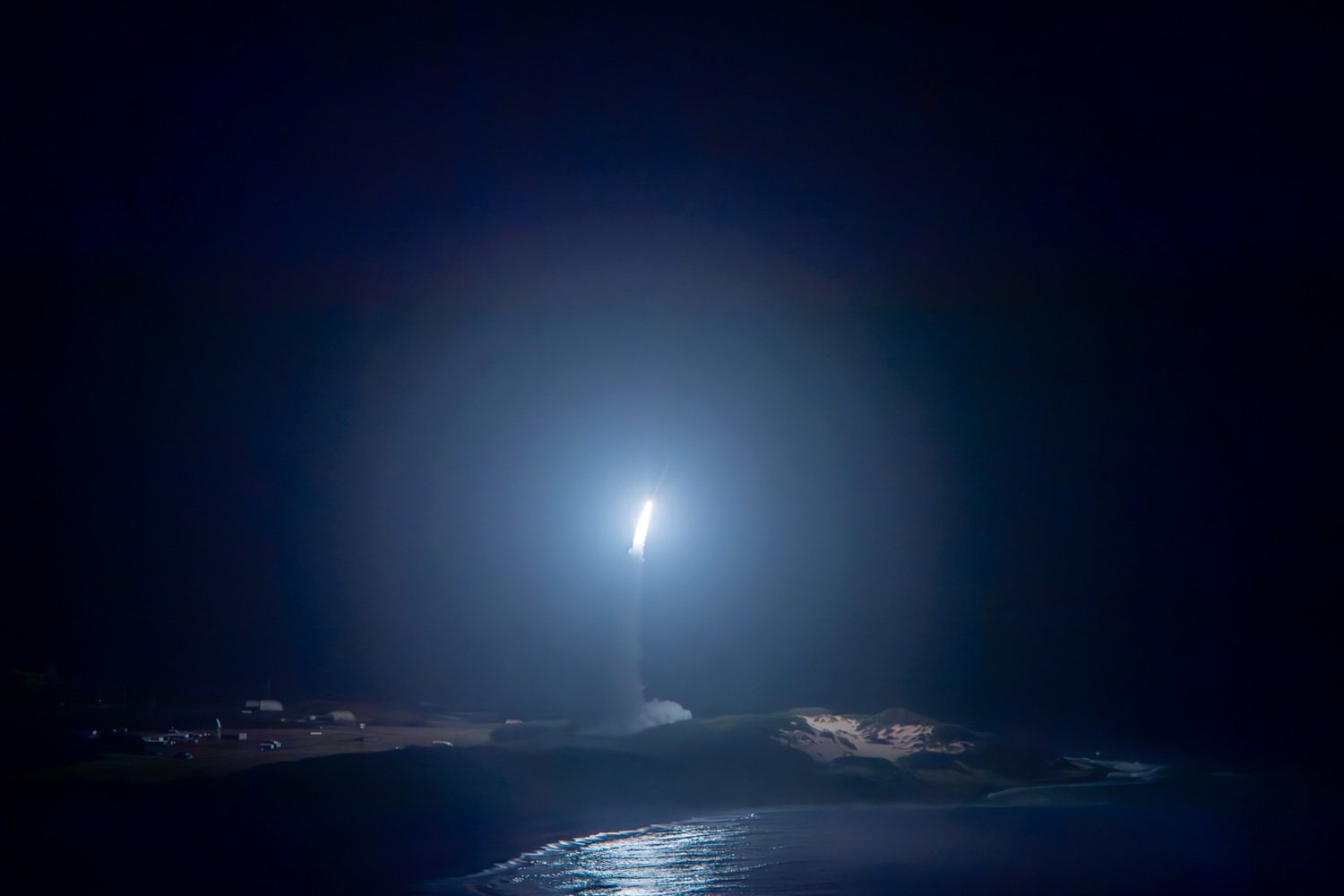Introduction to the Golden Dome
The Pentagon is expected to deliver plans for a "Golden Dome" to Trump this week. In its most basic sense, the Golden Dome is a missile defense system designed to shoot down nukes, missiles, and drones that threaten the U.S. However, a scientific study published earlier this month highlighted the scientific impossibility of the scheme.
History of Missile Defense Systems
The concept of a missile defense system is not new, as America has been attempting to build one since before Ronald Reagan was president. Reagan’s vision involved satellites equipped with lasers that could blast Soviet nukes out of the sky. While the actual system built was less ambitious, it also proved to be ineffective, resulting in significant financial gains for defense contractors.
Challenges of the Golden Dome
A recent study by the American Physical Society Panel on Public Affairs explained that "when engineers have been under intense political pressure to deploy a system, the United States has repeatedly initiated costly programs that proved unable to deal with key technical challenges and were eventually abandoned as their inadequacies became apparent." This pattern is likely to repeat itself under Trump’s administration.
Trump’s Executive Order
On January 27, Trump signed an executive order calling on the Pentagon to come up with a plan for an "Iron Dome for America," also known as the "Golden Dome." The plan aims to protect the homeland from "ballistic, hypersonic, advanced cruise missiles, and other next-generation aerial attacks from peer, near-peer, and rogue adversaries." Jonathan Moneymaker, CEO of BlueHalo, a defense company working on Golden Dome adjacent tech, emphasized that the system’s mission is broader than just missile defense.
Challenges of Building the Golden Dome
Moneymaker acknowledged the challenges of building the Golden Dome, citing the example of Israel’s Iron Dome, which has been successful in shooting down Hamas rockets and Iranian missiles. However, Israel’s system covers a small territory and targets slower-moving projectiles, whereas the Golden Dome would need to cover the entire continental U.S. and handle faster-moving objects.
Scientific Study on Missile Defense
A study published on March 3 detailed the challenges facing a potential Golden Dome-style system. The study focused on the feasibility of national ballistic missile defense, concluding that current and proposed systems are ineffective in preventing the death and destruction caused by a successful attack. The primary promise of a missile system is to stop a nuke, and if it cannot do so, its usefulness is questionable.
Phases of a Missile Launch
The study examined the three phases of an ICBM launch: the boost phase, midcourse phase, and terminal phase. During the boost phase, the nuke is building up speed, making it challenging to intercept. The midcourse phase offers more time to respond, but the defense system must discriminate between the warhead and other objects in the "threat cloud." The terminal phase is the final stage, with only a few seconds to react before the nuke hits its target.
Limitations of Current Systems
The study found that current midcourse interceptors are unreliable and vulnerable to countermeasures, with a success rate of only about 50% in tests. The Terminal High Altitude Area Defense (THADD) system is designed to knock a missile out of the air during the terminal phase but has its own limitations, including vulnerability to the blinding effects of nuclear explosions.
Conclusion
The study’s findings confirm that building an effective missile defense system is a complex and unlikely task. Joseph Cirincione, the retired president of the Ploughshares Fund, stated, "In short, we cannot defend the country against a determined ballistic missile attack now or anytime in the foreseeable future." While Moneymaker remains optimistic about the potential of the Golden Dome, the report’s conclusions suggest that the project is likely to be a costly and futile endeavor.
Future Developments
Despite the scientific advice, the Trump administration is likely to proceed with the Golden Dome project. The Pentagon has received over 360 plans related to the Golden Dome, including a proposal from Booz Allen Hamilton for a swarm of refrigerator-sized drones flying in 20 orbital planes. The project’s development is expected to involve cooperation between state and local officials, police, the Coast Guard, the FBI, and the DHS, with high-value targets such as military bases and large metro areas potentially getting protection first.
Source Link





